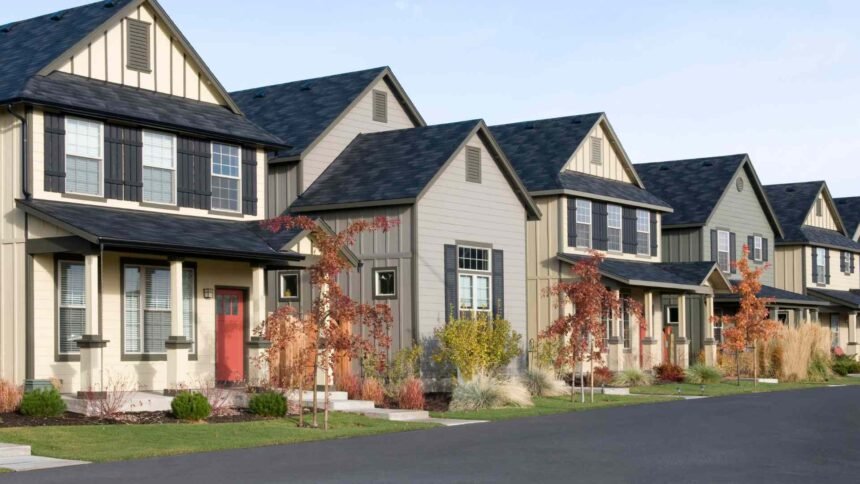Affordable housing is rapidly emerging as a critical issue in urban development, reshaping policy priorities and driving innovative solutions across cities worldwide. Goldman Sachs is putting its money where its mouth is, backing 385 new affordable apartments in a neighborhood that faces one of the city’s most intense housing pressures. Dubbed the Innovative Urban Village Phase 1A, the development is part of a broader plan to redevelop the Christian Cultural Center’s campus. Key features include:
- 385 affordable units, targeting households earning between 30% and 80% of the area median income.
- 94 units dedicated to supportive housing complete with case management, legal, nutritional, and social services.
- Integrated commercial space, including a fresh‑food grocery store to serve local families.
ESG Meets Urban Renewal
For Goldman Sachs, this isn’t just philanthropy; it’s a powerful ESG statement wrapped in financial prudence. The Urban Investment Group has already channelled nearly $11 billion into similar initiatives across New York State, with $9 billion invested in New York City since 2001. Asahi Pompey, the group’s chairman, said it’s “a down payment on East New York’s potential,” aimed at boosting both economic vitality and community well-being.
Environmentally, the development ticks several boxes: all‑electric heating, solar panels, green roofs, EV charging stations, low‑flow fixtures, LED lighting, and ENERGY STAR appliances. These smart features align well with New York’s climate goals even while tackling the city’s unrelenting housing crisis.
Transforming Lives, Block by Block
New York Governor Kathy Hochul called the project “helping us fight the housing affordability crisis while prioritizing improvements that make the neighborhood more livable for families.” Mayor Eric Adams echoed that sentiment, saying more affordable housing creates “more homes, more jobs, and more joy for Brooklyn.”
This project is deeply rooted in New York’s broader housing strategy. Mamdani, a leading Democratic mayoral candidate, has proposed tripling the city’s output of rent‑stabilized, union‑built housing aiming for 200,000 new units over the next decade. The East New York investment by Goldman Sachs intersects with these goals, helping to make them achievable.
Public‑Private Power Play
The Innovative Urban Village is a textbook example of high-impact public‑private collaboration. Funding layers include:
- New York State Homes & Community Renewal’s Low‑Income Housing Tax Credits
- $47M from the city’s Extremely Low‑ and Low‑Income Affordability Program
- $115M in equity and $47M from the Housing Finance Agency
- Contributions from Christian Cultural Center, Gotham Organization, Monadnock, and Goldman Sachs Alternatives
The project also benefits from brownfield cleanup tax credits and city clean‑energy incentives mixing social mission with financial opportunity.
Beyond Phase 1A: A Vision for Sustainable Community
Phase 1A is just the beginning. The full master plan envisions nearly 2,000 affordable apartments spread across ten buildings plus child care centers, senior services, a workforce development hub, a performing arts facility, new streets, parks, and open spaces.
This isn’t just a housing block it’s a modern urban micro‑society built on affordability, green living, and community resilience.
The Significance of Goldman Sachs’ Role
Goldman Sachs isn’t dipping its toes; it’s fully committed. Since 2001, the Urban Investment Group has poured $9 billion into NYC projects alone. This level of investment signals Wall Street’s growing confidence in affordable housing as both a social good and a strategic asset.
The firm’s involvement also opens doors to scalable models. If this kind of financing proves stable and replicable, expect similar urban villages to pop up in other cities each with a powerful blend of ESG, social cohesion, and economic sense.






